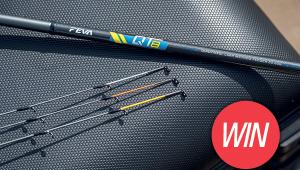The New Age Floats
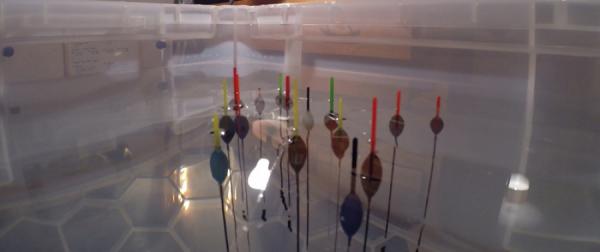
Something that provides plenty of opinion and conflict is the surge in people wanting to make their own floats, not for personal use but those wanting to make a few quid something I once did a fair few years back too before all the craze. For me and it really is only my opinion I have no issue with this as long as the ones making them are honest and offer something of balanced quality, and not just sell any old float as it really is easy to buy the ready to build kits off eBay or other internet sites and just slap them together and charge people.
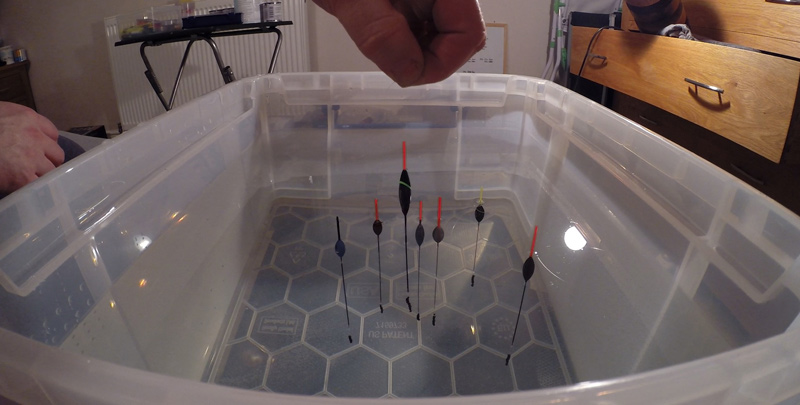
The Floats on test up close and personal
For years floats have been built by hand and in recent years have become even more refined, I’m not sure who was the first to really make an impact on the pole fishing scene but the likes of Mick Wilkinson, Gaz Malham and Mick Bassett have been producing floats for years now, each have huge followings with some of the top names using them and for very good reason. They were the ones that started a craze that majority of the top tackle companies have failed to follow for many years; it was the fact that they built sturdy floats that lasted much longer than most commercially bought models. We've all suffered with bent wires & tips, along with annoyingly both stems & tips coming out of the bodies and paintwork splitting very easily; the change these guys offered brought us homemade floats at a great price that were balanced, strong and cheap. Since then especially very recently they have stepped up the game with new materials such as the introduction of foam, hollow tips, paint finishes and the new nitinol wire or bendy wire as it's more commonly referred as; all of which amount to more robust and versatile float being made. Over the last few years we have also seen companies from outside the UK that are sole traders of floats starting to bring their designs into pole fishing and some are very good, especially the silverfish or natural water patterns, as they have vast knowledge of what’s required simply because of continental style fishing, one particular company that has gained a good following is Dino Floats, offering patterns covering a lot of applications in the UK.
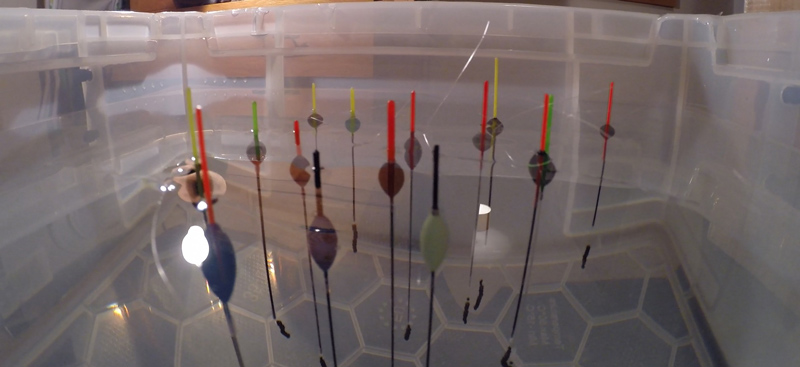
The difference in the shotting for what are supposed to be the same size of float
There are plenty of people out there now making floats and with too many to mention, and with the likes of social media readily available it created a market; but for me, there is a huge difference amongst them? I am a bit of a tart when it comes to floats not for looks but quality I’ve gone through phases of buying and trying so many different ones for both silvers and carping and gone full circle again, putting faith in major tackle companies to offer a float range that suits my styles of fishing, but there hasn’t been many to really stand out eventually making the decision to make my own. There are 3 major tackle companies in the last 12 months that have looked at this and really stepped up their game to offer anglers a range that are well built, balanced, finished and don’t break the bank, Drennan’s AS series, MAP’s commercial range and the new Des Shipp range from Preston; the fact that the homemade companies prices have gone up with inflation of materials and competition now is starting to make the likes of these commercially produced floats look more inviting to the angler on a tighter budget once again. I understood why people turned away from these floats to ones that were simply built to last, but by having some of the world’s best anglers behind the scenes they have clearly been thought out to offer the right variety required for today’s fishing and they really are not to be sniffed at again and worth a look if you’re in the market.
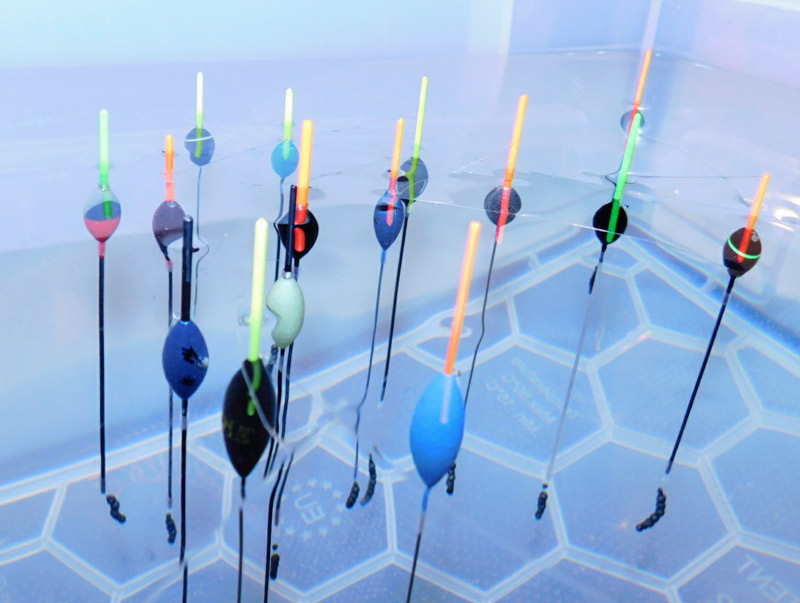
A selection of the floats showing those with a side eye sat perfectly and those with a spring eye sat much higher in the water or on the surface
For the guys that are making and building this is where similarities can differ greatly, I’m not saying that anyone is wrong but for me and many that I know a lot of the builders are just throwing the materials together without prior thought to how to balance them properly, how long stems and tips are, what sizes of each to use through to choosing the right eye for the pattern. Don’t get me wrong I have no doubt there will be plenty that are very good and have taken the time to test their floats to make sure they are perfect for the job, but one thing is for sure we have all seen some shoddy ones too and clearly no thought has gone into their build, something I personally stay away from. In comparison, they aren’t any cheaper than the ones that are made from scratch or even some of the best from tackle manufacturers in fact majority are more expensive so are they really worth it? Some are some aren’t, but something I personally don’t want to keep spending money on to get right, especially when the sport is already at breaking point with prices for tackle.
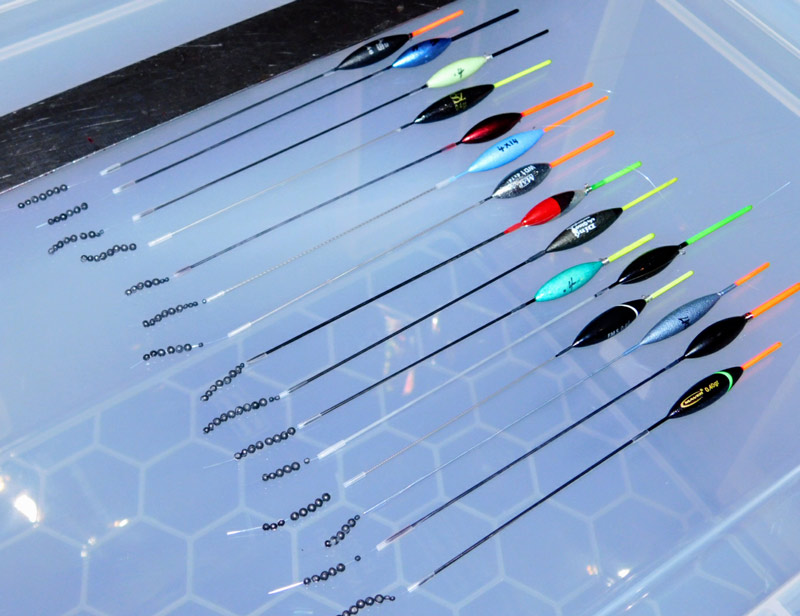
All the floats shotted to around 7mm of the bristle showing
On the other side of things from experience, there are guys out there that I have personally seen the pride they take to not only source the best materials but also create and test patterns to ensure they are balanced for what they are intended to do. I recently asked several guys I know who actually turn their floats and some bought from guys on Facebook who are building them for some samples to test to see the differences between and ask why they use the materials they do. It was quite interesting, some patterns are still without fault, but the difference from some I have seen is quite astounding but for sure I learned a bit myself and how much it has developed since I stopped making them.
I went to my good friend Tez Naulls (TN Floats) workshop and spent 4 or 5 hours with him discussing from how we used to use floats right up to the latest materials to buy, I have read about what foams the top guys are now using but wasn’t aware of how many you could choose from? I have always believed when balsa is used it can vary in density and even the grain structure can change the properties which leads to differing shotting even on the same weight floats, but having seen the foams to the same theory can be applied; however as these are man-made the structures, weight and density can be controlled to a specification which helps as long as the same foam is used. It was very interesting to see how the foams differ too he showed me 3 and how they are applied; H160 the most commonly used on the open market which gives a more open cell, it is soft and suits light floats for silverfish as it is also very soft before finishing, Hd200 is what he uses for general work, for the likes of F1, Shallow, and Slim patterns targeting smaller Carp, F1’s and larger silvers and finally a new Hypertech foam which is absolutely rock solid aimed at Margin or bagging floats when carping. There is still a place for Balsa based floats especially for silverfish and more natural water floats as they seem to just sit better in the water more so when going into larger sizes. After speaking to these guys they are also fans of side eyes over springs for most patterns although each do offer a spring or figure of eight for those that wish, and the same goes for tips as many will go the easy route of a hollow tip over solid, glass or cane but again for me each have a place for different situations even on the likes of commercial fisheries and they have tried and tested patterns with these fitted. After having a go at building a few to try it’s easy to see why the builders can turn out so many floats in quick time, as they literally are gluing the materials together, the materials are available already pre-sealed/prepped ready to go and the easiest option of hollow tips and spring eyes are quick to assemble over a solid tip or side eye which takes some practice to get right. One thing I made sure to ask was why the use of a green tip? I have never used one and up until trying these samples didn’t intend too as I am partially colour blind but I was quite amazed how well they show up in the light, this I can see will be a huge advantage for those who struggle at distance, will it improve my fishing? I’m not sure as yet but for many I would like to say and have been told it does. It was interesting to see how playing about with the air gap in a hollow bristle can change a floats action, seeing 3 floats identical other than the size of air gap and how they sit differently to each other when shotted the same also can change how a float or a bait is used.
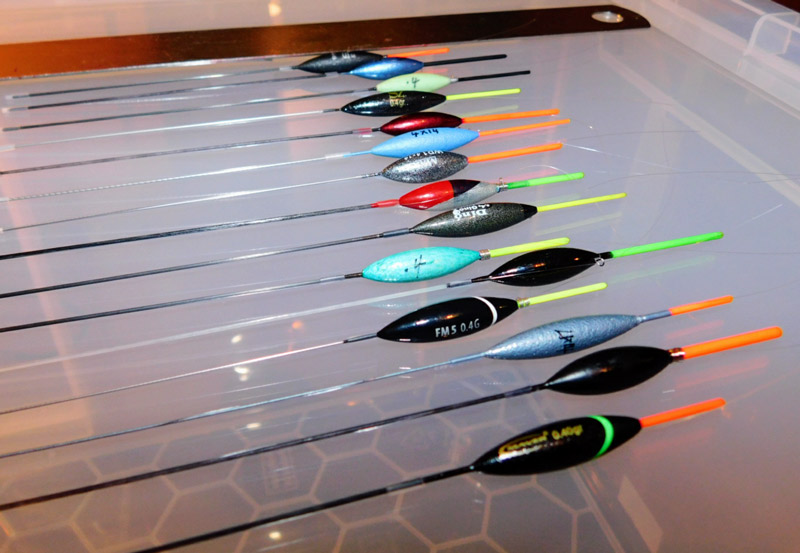
The last float going into the shotting tube
During the test I carried out I chose the most common slim pattern or Chianti style as people refer too, all were a 0.4g size but this is where the differences ended. For those that were turned/built from scratch were finished to a much higher standard as the hole for starters could be tailored to the size of stem being used whereas the ready bought ones seem to come as standard with a 1mm hole; this makes fitting a 0.5-0.8mm stem a bit fiddly to centralise and was clearly not an option as most had a 1mm stem fitted. All were referred to as F1 or Pellet floats but the stem material, thickness and lengths varied hugely and having a 0.5mm carbon stem Vs 1mm glass changed the balance quite a fair bit, the bodies again differed somewhat considering the pattern is regarded as the same and the tip material, thickness and length all affected the shotting patterns and ranging from 1.2mm-2mm changes the sensitivity of the float dramatically which can be the difference in seeing the tiniest of bites or not. One thing I did notice during the shotting of these floats was how much a spring eye can hold a float up on the water’s surface even with the shotting to take the tip to around 7mm showing these eyes on some of the floats when lowered slowly sat up against the eye whereas the side eyes didn’t do this. Don’t get me wrong many will look at a float for what it is and not look too much into it but when using floats for shy biting fish such as Roach & F1’s or where you want to manipulate the rate of fall then having a float that is balanced and doesn’t need you to give a little lift & drop to set it properly is far more important than one that just looks good but performance is poor.
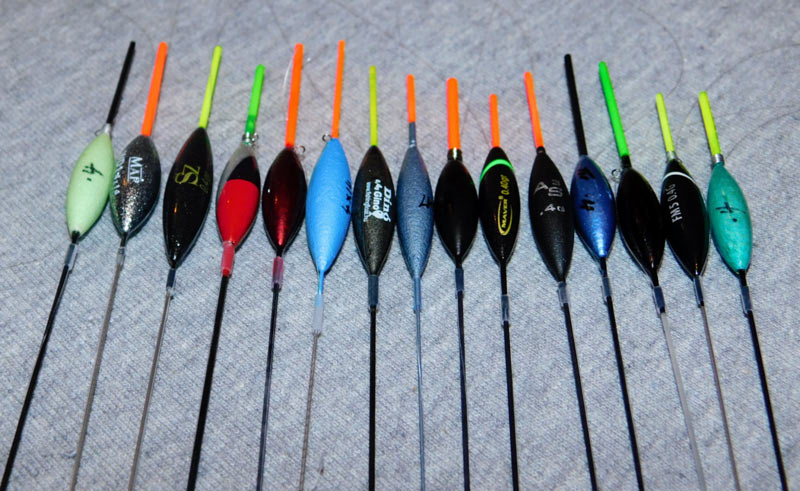
All the floats on test including tackle used to shot them
There are many out there that will offer some top quality floats for anglers I have no doubt, but there are some not so good ones too, and I can see that some tackle companies are trying to take back to the scene with their own progression, but if you want a specific float or one of their common patterns I can’t recommend highly enough that you get in touch with Tez Naulls (TN Floats), Gaz Malham (Floats), Rich Wilson (RW Floats) or Rob Marsh (BG Floats), they certainly won’t break the bank either with prices ranging from only £1.50 - £2.30.
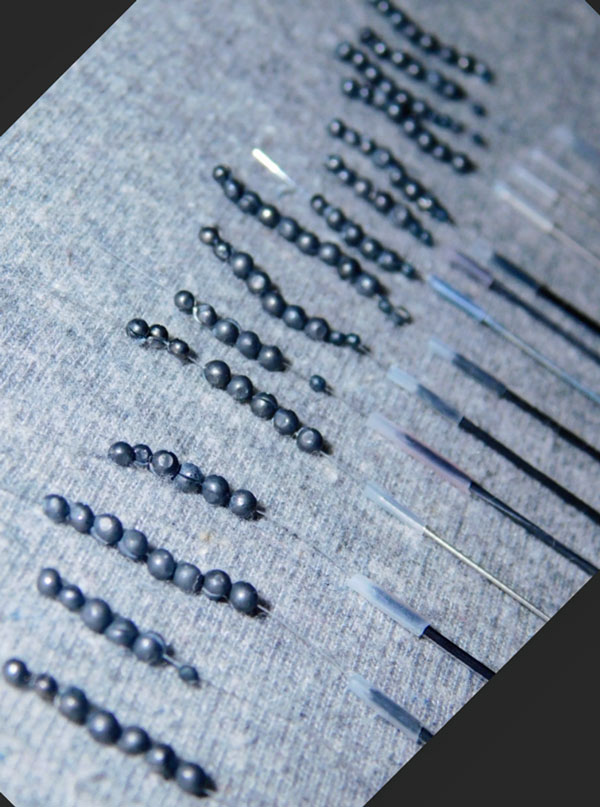
Alternative view of picture number 11
Like what you see?
Or buy a single issue
- Log in or register to post comments












